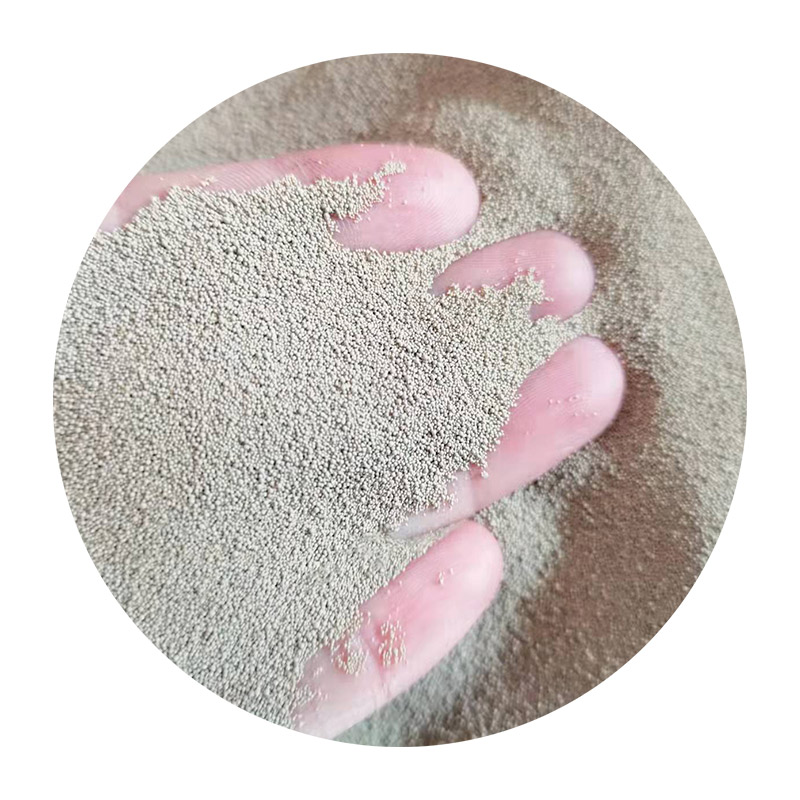Applications of Sand Casting
Sand casting, also known as sand mold casting, is one of the oldest and most versatile casting processes in metalworking. This method involves creating a mold from sand, which is then used to shape molten metal into desired forms. Due to its simplicity, cost-effectiveness, and ability to produce complex shapes, sand casting is widely used across various industries. This article explores the diverse applications of sand casting and highlights its significance in modern manufacturing.
1. Automotive Industry
The automotive industry is one of the largest consumers of sand casting. Components such as engine blocks, cylinder heads, transmission cases, and various other critical parts are frequently produced using this method. Sand casting allows manufacturers to create large and intricate components that would be challenging to produce using alternative methods like die casting or forging. Customization is another advantage; companies can easily modify molds to produce parts that meet specific design requirements.
2. Aerospace Sector
In the aerospace sector, where precision and reliability are paramount, sand casting serves a crucial role. Components like turbine casings, propulsion parts, and various structural elements are often produced through sand casting. The aerospace industry requires materials that can withstand extreme temperatures and pressures, making sand casting an ideal process. Advanced alloys and composite materials can be utilized to enhance performance, allowing manufacturers to meet stringent safety and regulatory standards.
3. Energy Generation
Sand casting is also extensively used in the energy generation sector. It plays a vital role in the manufacturing of components such as turbine blades and housings for gas and steam turbines. These components must be robust and capable of withstanding high temperatures and stresses. Additionally, sand casting is used to produce parts for renewable energy systems, such as wind turbines, where lightweight yet durable components are essential for efficiency.
applications of sand casting

Beyond industrial applications, sand casting is often employed in art and sculpture. Artists utilize the technique to create intricate and expressive metal sculptures. The flexibility of the sand casting process allows for unique designs and textures that are often difficult to replicate through other methods. This application not only showcases the artistic potential of sand casting but also demonstrates its cultural significance.
5. Tooling and Machinery
The manufacturing of tools and machinery components is another vital area where sand casting is applied. Items like mold bases, custom brackets, and various other tooling fixtures are routinely produced via sand casting. The ability to create detailed and accurate molds makes this method a go-to choice for engineers and manufacturers. Furthermore, the cost-efficiency of sand casting allows companies to produce small batches of parts without incurring exorbitant costs.
6. Marine Applications
In the marine industry, sand casting is routinely employed to create parts such as propellers, engine blocks, and other components that must resist corrosion and wear. The ability to work with high-strength alloys further enhances the performance and longevity of parts designed for harsh marine environments. This sector benefits significantly from sand casting’s capability to produce large and heavy components that are essential for marine vessels.
Conclusion
In conclusion, sand casting remains a vital process in various industries due to its versatility, cost-effectiveness, and ability to produce complex geometries. From automotive to aerospace, energy generation to artistic endeavors, the applications of sand casting are vast and varied. As technology continues to evolve, the sand casting process is likely to see advancements that further enhance its capabilities and efficiency. Its resilience in the face of competition from other manufacturing methods underscores its enduring relevance in the modern industrial landscape. Whether it is creating essential components for high-tech machinery or crafting beautiful sculptures, sand casting will undoubtedly continue to play a significant role in the future of manufacturing and art.
Post time:ಡಿಸೆ . 16, 2024 11:29
Next:foundry sand in concrete
